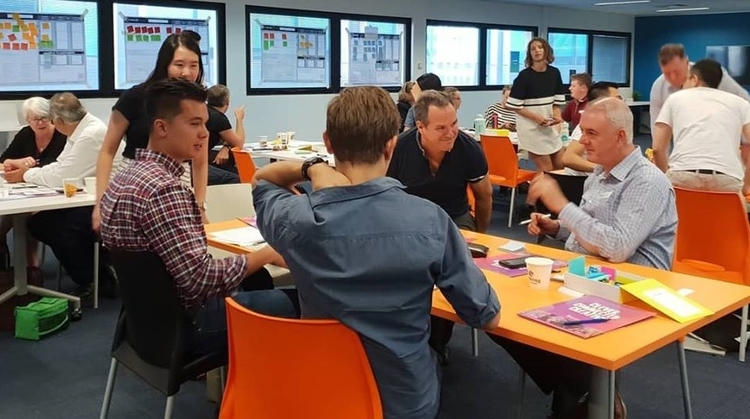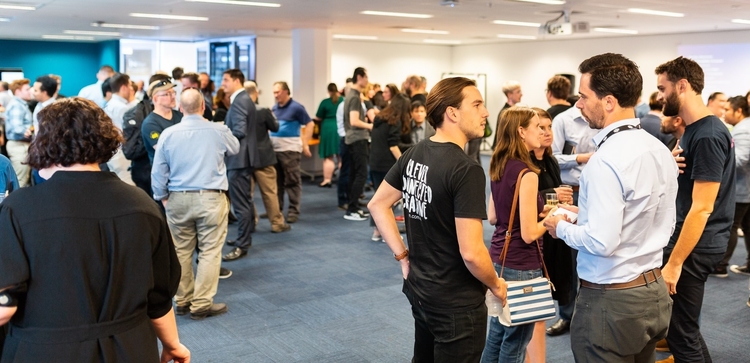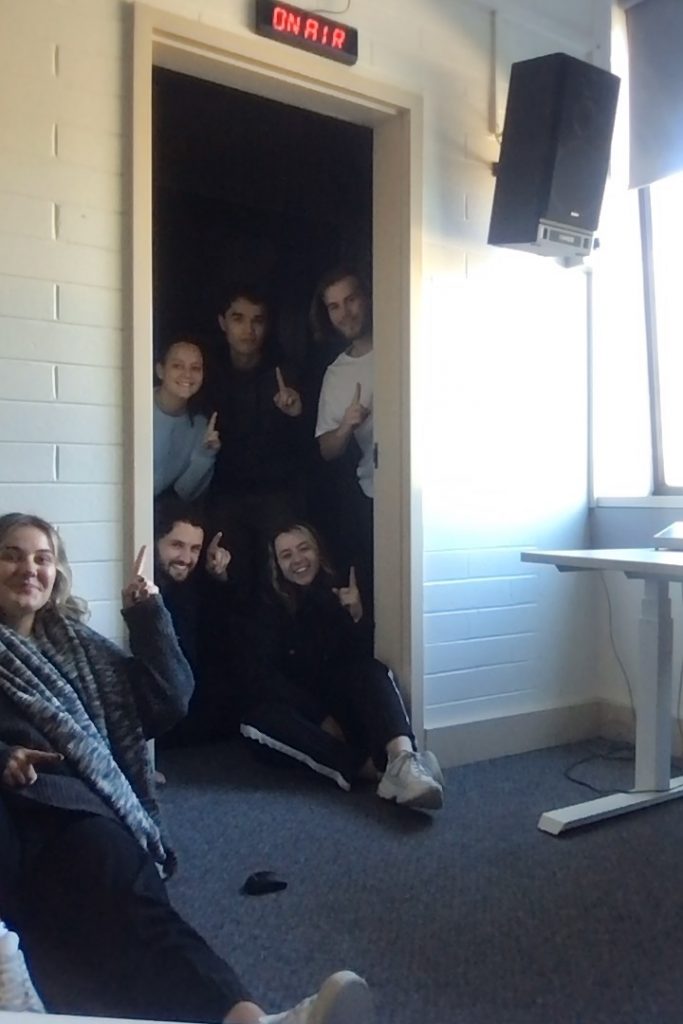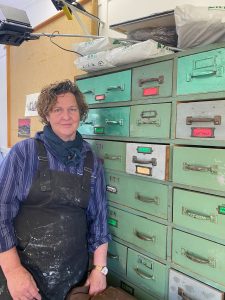Canberra’s entrepreneurship scene and a guide for innovators in the ACT
The Canberra Innovation Network (CBRIN) is an ACT Government non-profit organisation whose main purpose is linking entrepreneurs with channels for the establishment, growth and improvement of their companies.

Its foundational members include ANU, UC, UNSW, CSIRO, Data 61 and CIT.
We sat down with Liz Kobold, SME Director at CBRIN, to talk about the work she and her team have been doing over the past four years.
Q. What are the core objectives of the Canberra Innovation Network?
“Our main goal is to help diversify and impulse the ACT economy. We aim to achieve that by delivering a number of programmes for entrepreneurs.
Through them we offer companies knowledge transfer and financial opportunities while connecting universities, researchers and students with industry.”
Through its programmes, the organisation supports start-up projects as well as social enterprises while helping researchers find real-world applications and commercial opportunities for their ideas among other activities.
CBRIN also aids newly established businesses who want to expand through The GRIFFIN Accelerator programme.
Q. How does the procedure to help pre-existing businesses in which you’re involved with work?
“The GRIFFIN Accelerator programme consists of a 3-month relationship with existing businesses. There’s a pool of local investors who also act as mentors, and the final selection is made based on potential scalability”, Kobold said.
After a competitive selection process, Liz and her team provide successful companies with guidance, a physical space to conduct their activity, networking channels and help to access capital.
“We accept people from different industries. They get some money in return for equity in their company and they’re supported to grow over 3 months. You get access to coaching and mentoring, and physical space to develop your activities for 6 months.”
The collective valuation of companies that have gone through the GRIFFIN Accelerator Programme is over 29M as of 2018.
Q. Which are some of the organisations’ success stories?
“Instacluster started here and now employs over 50 staff. Another company named Gymaware, which has a weightlifting measurement tool that targets elite sport teams has secured contracts with Manchester United, NBA teams, The Wallabies and All Blacks.
There are other interesting examples. Dentroid is applying artificial intelligence and robotics to dentistry, while another company is providing countries in Asia and Africa with real-time C02 calculations based on their logging operations.”
Q. Could you tell us about the new projects you are undertaking within CBRIN?
“We are launching new procedures to increase female participation in our programmes. An initiative called GRIFFIN Women includes financial support and services tailored to some of the obstacles they face.”
After acknowledging that there can be less risk appetite for women in general (with studies showing that some past risk aversion measurements might be flawed), Liz pointed out social and cultural factors that make women less prone to become entrepreneurs.
“For instance, many women within the business environment have to face multiple other responsibilities which some of their male counterparts are excluded from. Often, they have to juggle their role as child carers, cooks and cleaners with their full-time position.
How do you create a startup with that hanging over your head, and how do you balance all those duties?
A real-world example of this issue is finding the right time to hold an event for women. We recently set a meeting at 7:45 in the morning, and I got 20 lovely emails saying: I wanted to come but I got caught up with the kids”.
There was also an interesting study I came across which looked at women’s lack of access to capital. A researcher went through 500 venture capital pitches and concluded that the majority of questions the jury asked to women were downsided, with inquiries along the lines of what happens if your business fails”.
In comparison, the exact opposite was asked to men, which were questioned about for example, what they had planned for the next four years. I truly believe that downsided questions can be appropriate, but there should be some equilibrium.
We have to be conscious of these imbalances to find a solution, and we will strive to get more female participation in our programmes, events and panels.”
Q. To finalise, could you please give us a quick rundown on what you have to do if you want to become or grow as an innovator in Canberra?
“The first step would consist in having an introductory meeting with one of the teams here at the network. You can book those easily online.
You can also come along to First Wednesday Connect, our flagship network enabler, where more 200 people gather to exchange some ideas and listen to 15 1-minute pitches or watch a competition over some free drinks.
“We gather uni students, startup entrepreneurs, established businesses and ACT and Australian Federal employees under the same roof, making it the perfect place for an introduction to the innovation process and a great chance to meet the right people”.
If you’d like to attend a First Wednesday Connect event, you can check out the date here.





Be the first to comment!